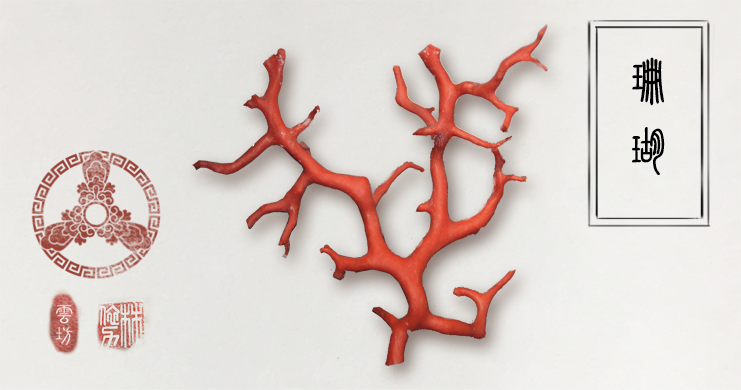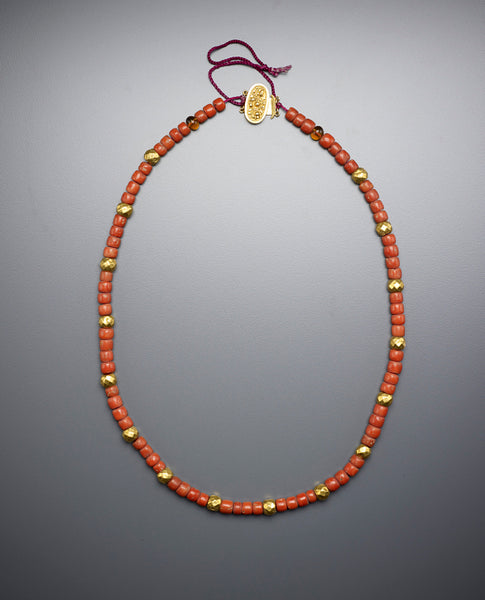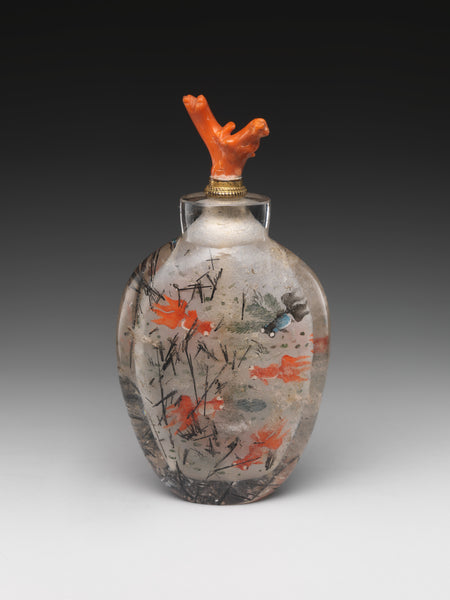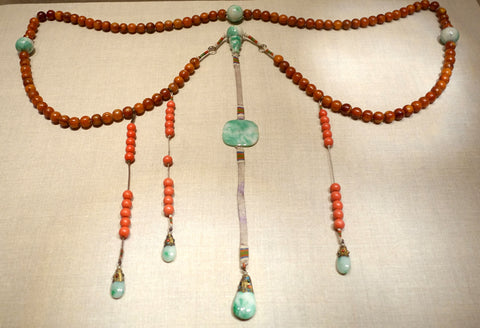8% off orders over $100, 15% off orders over $150, 20% off orders over $300.
Menu
-
- Specials
-
Types
-
Symbols
- Auspicious Cloud | Heaven
- Lotus | Purity & Elevation
- Phoenix | Rebirth and Fidelity
- The Nine | Eternity and Completeness
- Bamboo | Strength and Resilience
- Ruyi | Wish Fulfillment
- Moon | Mystery & Elegance
- Herbal Locket | Hidden Protection
- Tassel | Elegant Charm
- Butterfly and Flower | Love
- Plum Blossom | Endurance and Resilience
- Chinese Knot | Harmony, Tradition, Legacy
- Pumpkin | Prosperity & Abundance
- Pipa | Celestial Music
- Hulu Gourd | Protection and Prosperity
- Fish | Prosperity
-
Collections
- Atlantis
- Revive Your Inner Kingdom
- Auspicious Origin
- Auspicious Flower
- Udumbara Flower
- Return to Origin
- Celestial Cloud
- Elf Forest
- Gold Lotus
- Serene Lotus
- Pearl Elegance
- Radiance
- Metropolis Hermit
- The Nine
- Moon Goddess
- Tassel Elegance
- Chic Velvet Choker
- The Cloud
- Lotus Leaf
- Realm of Peace
- Four Season
-
Craftsmanship
-
Gemstones
- Pearl | Purity and Wisdom
- Jade | Stone of Heaven
- Turquoise | Protection and Healing
- Tridacna | Realm of Peace
- Lapis | Truth and Enlightenment
- Rose Quartz|Love, Healing, Compassion
- Amethyst | Clarity and Tranquility
- Amber | Vitality and Protection
- Carnelian | Courage and Vitality
- Coral | Protection and Prosperity
- Tourmaline | Energy and Balance
- Crystal | Healing and Clarity
-
Birthstone
-
Style
-
Price
-
- Jewelry Set
- Necklaces
- Earrings
- Bracelets
- Hair Jewelry
- Glasses Chains
- Rings
- Anklets
- Ornaments
- Login
-
English

8% off orders over $100, 15% off orders over $150, 20% off orders over $300.
Coral in Chinese Jewelry: A Rosy Tree From the Sea
February 16, 2016 3 min read 1 Comment

So goes a famous poem by the celebrated Tang poet Wei Ying Wu. Of course, he was writing of coral.
Coral has been revered by the Chinese for millennia, not only for its naturally fanciful shapes, but also for its rarity. It is said that ordinary coral takes a thousand years to form, but red coral—the gemstone variety— takes ten thousand years.
This is hyperbole with a grain of truth. It takes about 300 years to grow one kilogram of it, thus making its price up to a dozen times that of gold.
Of course, its first claim to fame is related to water. At the beginning of Chinese civilization 5,000 years ago, the realm was threatened by rampant flooding. A Herculean figure called Yu The Great saved the day by harnessing the powers of a dragon and a tortoise and his own blend of demigod magic.
Having successfully quelled the waters, the god of the Yellow River offered Yu a glittering spread of precious treasures as a recompense. But Yu only chose three pieces, one of them being coral.

Growth and Harvest
2,000 types of corals grow around the world, appearing in shades of cream, pink, red, black, and gold. There exist even blue ones that when polished look like miniature planets of ice. However, corals of this type come from dying polyps are are not favored for jewelry.
As far as jewelry-grade coral goes, the variety is still staggering. We have sponge coral, bamboo coral, precious noble coral, Japanese Momo and Moro coral, Japanese red coral, Sardegna coral, and angel skin coral, not to mention the dyed and treated kinds.
Coral went east to China in several primary ways: overland via the Silk Roads from Italy (whose product is some of the finest in the world), by sea from the Persian Gulf between 100 BC to AD 1000, and from the Mediterranean via the Indian Ocean headed for Central Asia between 1100–1900.
Of course, coral was also harvested in closer waters, namely off the coasts of Japan, Taiwan, and Malaysia.
Here at Yun Boutique, everything we use is pre-harvested coral, in order to protect the dying coral species.
Royalty
The best and rarest coral objects were produced during the Han dynasty, when noblemen favored decorating their living rooms with “trees” as the centerpiece, with coral as its branches and green jade as its leaves. In every following dynasty, coral remained a favorite among the elite.
In the Qing dynasty the emperor’s official belt was yellow and set with four round gold plaques set with coral, turquoise, and 25 pearls. Coral was also reserved for the empress dowager and higher ranking consorts. The privilege to wear coral beads was bestowed only to the top tiers of imperial officials.
An official in the mid-Qing dynasty worked hard to place in the first five ranks of the imperial office. As a fringe benefit, he got to wear the above beautiful court necklace (on view at the Metropolitan Museum of Art). But the beads are of imitation coral, which was possibly created using methods similar to this 16th century recipe. One has to wonder if he ever found out.

A Protector From the Sea
Coral is an precious medicine in ancient China. According to “Compendium of Materia Medica (Bencao Gangmu),” it can brighten the eyes and balance excess and deficiency in the blood.
Japanese believed that coral dissolves in poison and so wore them as functional charms called cute, finely carved figurines called ojime. The ojime were worn dangling from waistbands until the moment they are needed to test for toxins.
Perhaps it is for the same reasons that coral is a prime choice as a stopper on snuff bottles.
The in West are similar beliefs. “The craft and frauds of physick expos’d” published in London in 1703 makes mention of “red coral powder’d, salt of wormwood, and juice of lemons, with strong cinnamon water, against the most violent vomitings.” However, the stuff was so expensive that the author questions the cost-benefit of such a potion.
“They [the remedies] are sold at four shillings the pint, except coral , cinnamon, quinces and balsamick , which are something dearer. You may observe there are thirty two large spoonfuls, in a pint, and consider how many you will take to make the expense troublesome to you.”
This article is part of the Divine Land Gemstone Compendium, a weekly series by Yun Boutique exploring the gemstones of ancient China and their significance to Chinese culture. See the full series here. Subscribe to the email newsletter to receive future installments.
Produced and edited by Christine Lin. Researched by Ariel Tian.
1 Response
Leave a comment
Subscribe
Sign up to get the latest on sales, new releases and more …



Nidhi Soni
January 04, 2025
This passage highlights the ancient reverence for coral in Chinese culture, linking it to rarity and mythical significance. The mention of Yu The Great and his selection of coral as a treasure adds a fascinating historical and cultural context. The idea that coral takes centuries to form emphasizes its value, symbolizing wealth and prestige. For more information, do visit:- https://navratan.us/